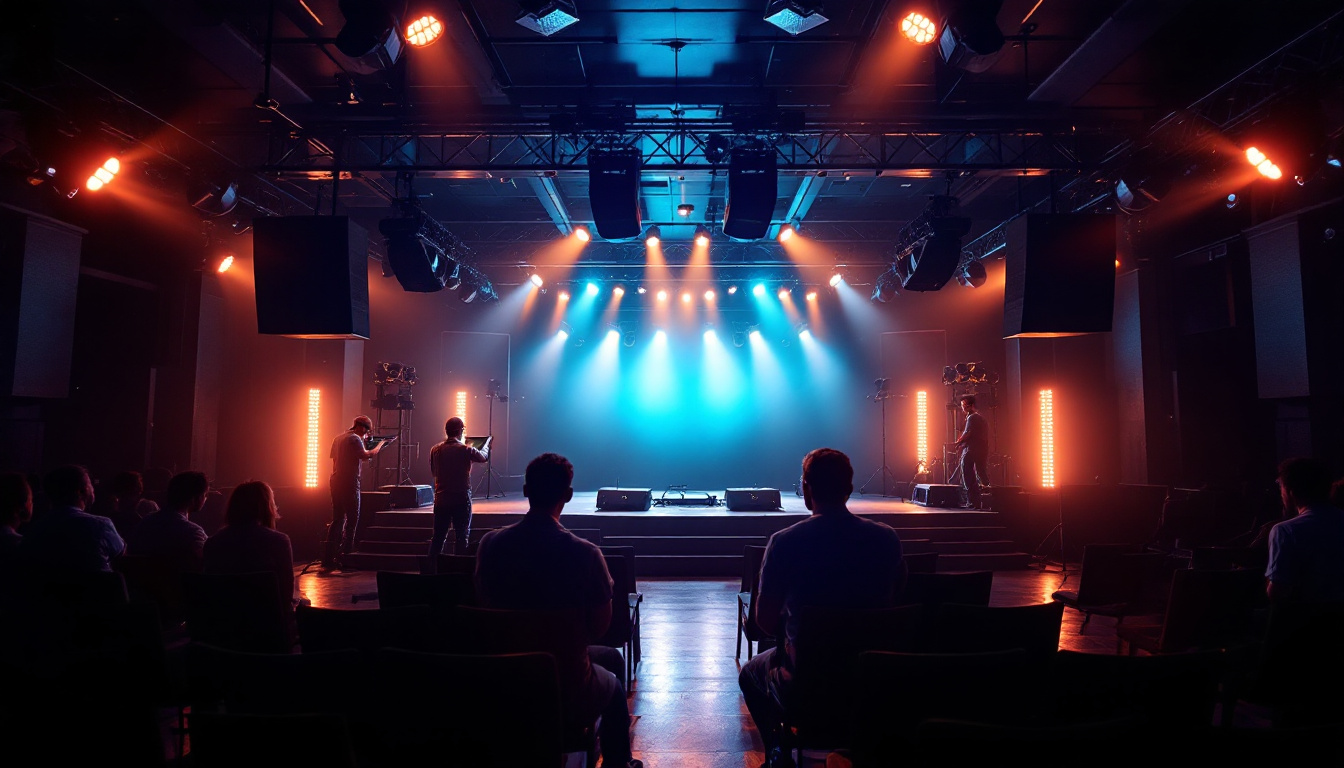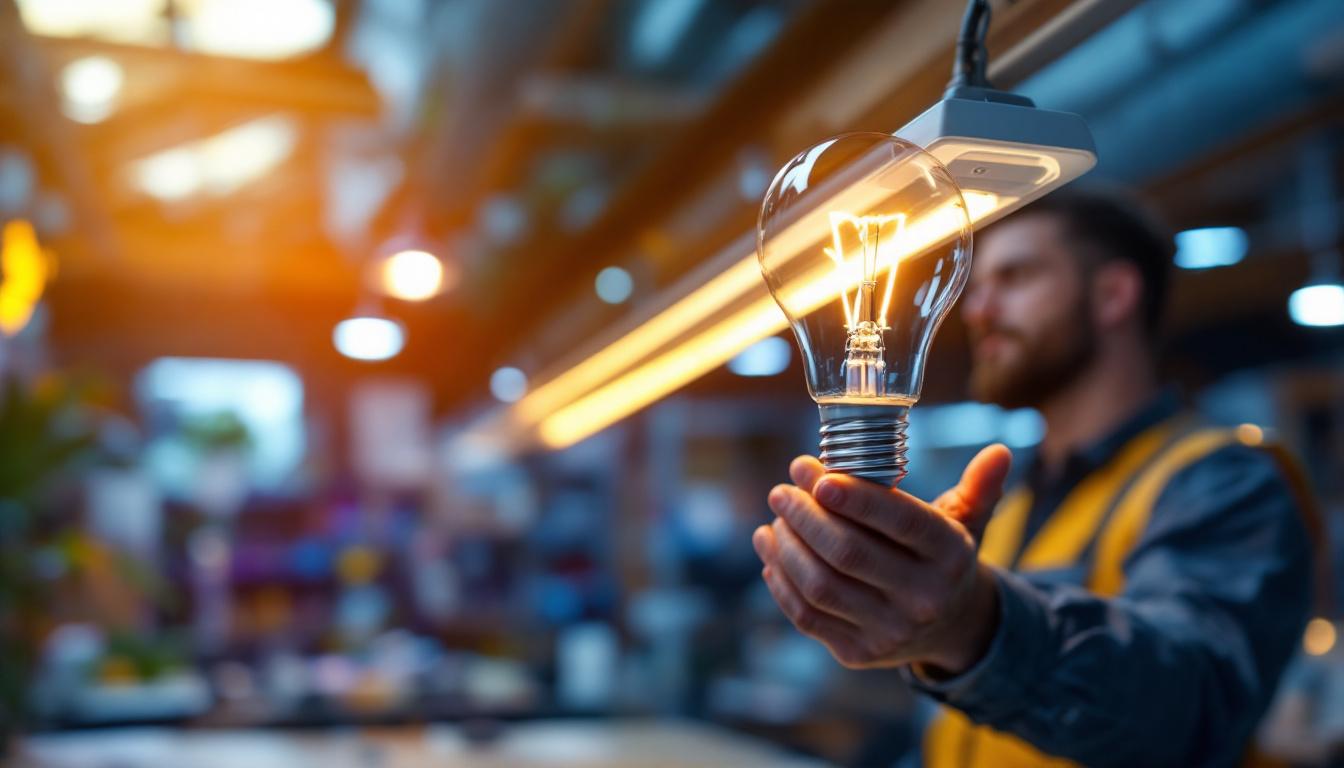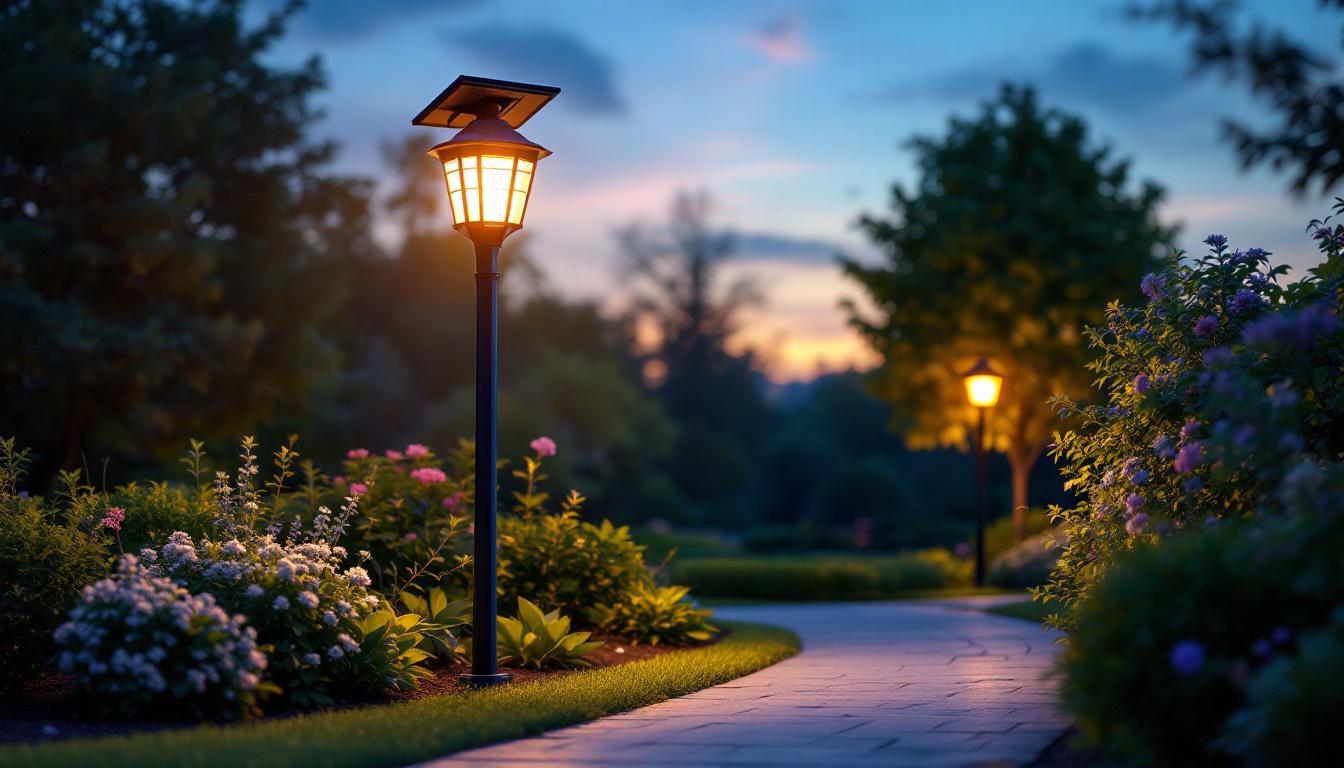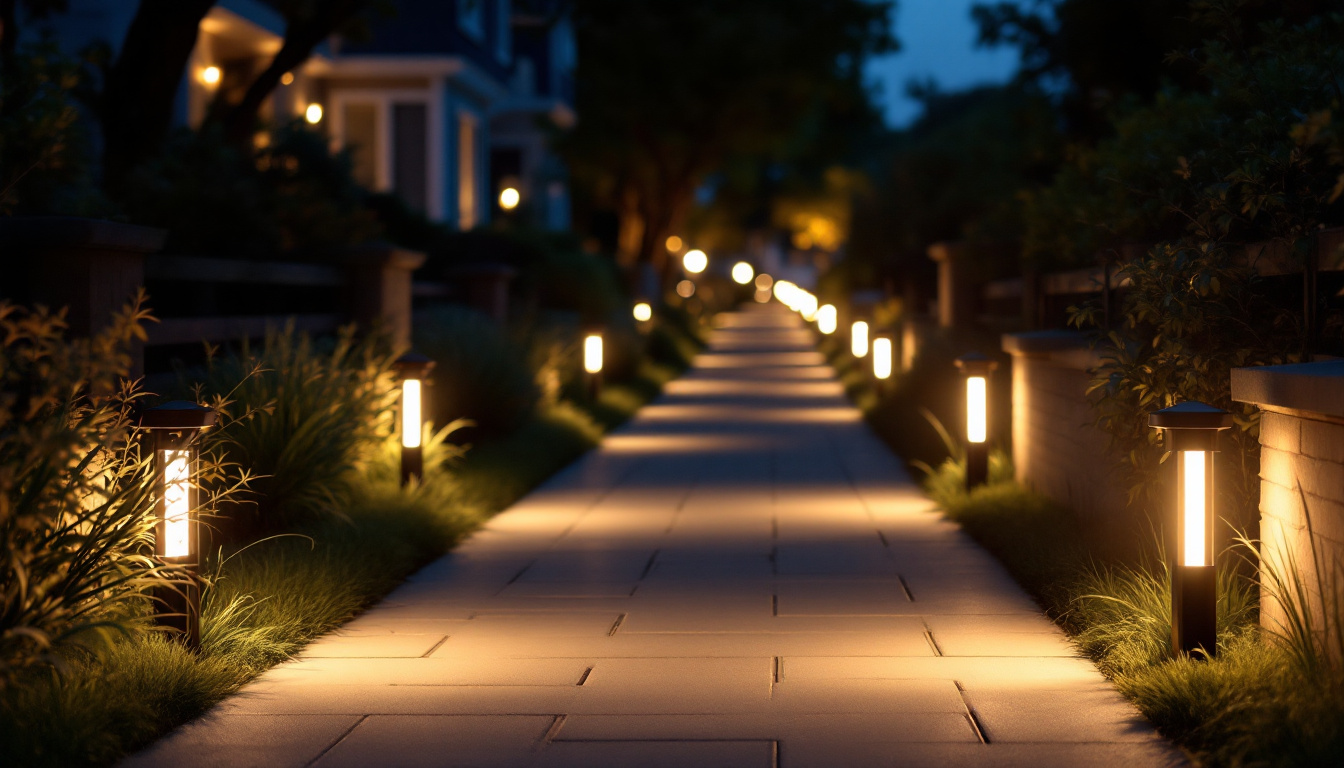
In the world of event planning and venue management, lighting plays a critical role in creating the desired atmosphere. For lighting contractors, understanding the various types of lighting available and their respective advantages and disadvantages is essential. This article delves into the most preferred lighting options in venues, offering insights into their pros and cons to help lighting contractors make informed decisions.
Lighting in venues can significantly influence the mood and functionality of a space. From concerts to weddings, the right lighting can enhance the experience for attendees and create a memorable ambiance. Lighting contractors must consider factors such as the type of event, venue size, and the desired aesthetic when selecting lighting solutions. The interplay of light and shadow can evoke emotions, guide attention, and even affect the perception of space, making it a critical element in event planning.
There are several types of lighting commonly used in venues, each with its unique characteristics. The most prevalent types include ambient, task, accent, and decorative lighting. Ambient lighting provides overall illumination, task lighting focuses on specific areas, accent lighting highlights particular features, and decorative lighting adds aesthetic value. Each type serves a distinct purpose and can be layered to create a dynamic and engaging environment that adapts to the flow of the event.
Additionally, advancements in technology have introduced various lighting options, including LED, halogen, and fluorescent lights. Each type comes with its own set of advantages and disadvantages, making it crucial for contractors to evaluate them based on the specific needs of the venue. For instance, LED lights are energy-efficient and long-lasting, making them a popular choice for large venues, while halogen lights provide a warm glow that can enhance the intimacy of smaller gatherings. Furthermore, smart lighting systems have emerged, allowing for programmable settings that can change the color and intensity of lights in real-time, offering unprecedented flexibility for event organizers.
Moreover, the strategic use of color in venue lighting can also play a pivotal role in setting the tone. Different colors can evoke various feelings; for example, warm tones like reds and oranges can create a cozy and inviting atmosphere, while cooler tones like blues and greens can impart a sense of calm and sophistication. Lighting designers often utilize color gels and filters to achieve the desired effect, ensuring that the lighting complements the overall theme of the event. The ability to manipulate color and intensity not only enhances the visual appeal but also contributes to the storytelling aspect of events, making each moment more impactful for attendees.
LED lighting has gained immense popularity in recent years, becoming a staple in many venues. Its energy efficiency, longevity, and versatility make it an attractive option for lighting contractors.
One of the most significant advantages of LED lighting is its energy efficiency. LED lights consume considerably less power than traditional incandescent bulbs, leading to lower energy bills for venues. Additionally, they have a longer lifespan, often lasting up to 25,000 hours or more, which reduces the frequency of replacements.
Another benefit is the versatility of LED lights. They come in various colors and can be easily dimmed or programmed to create dynamic lighting effects. This adaptability allows lighting contractors to tailor lighting solutions to fit the specific needs of different events.
Despite its many advantages, LED lighting does have some drawbacks. One of the primary concerns is the initial cost. While prices have decreased over time, LED fixtures can still be more expensive than traditional lighting options. This upfront investment may deter some venue owners.
Additionally, LED lights can sometimes produce a harsh light that may not be suitable for all settings. It’s essential for contractors to choose the right type of LED and adjust the color temperature to ensure a warm and inviting atmosphere.
Halogen lighting has been a popular choice for many venues for decades. Known for its bright and crisp illumination, halogen lights can enhance the visual appeal of any space.
One of the main advantages of halogen lighting is its excellent color rendering. Halogen bulbs produce a bright white light that closely resembles natural daylight, making them ideal for venues that require accurate color representation, such as art galleries or fashion shows.
Moreover, halogen lights are dimmable, allowing for flexibility in creating different moods and atmospheres. Their ability to produce a warm glow makes them suitable for intimate settings, such as weddings or private events.
However, halogen lighting is not without its downsides. These bulbs tend to generate a significant amount of heat, which can be uncomfortable in smaller venues or during warmer months. This heat production can also lead to higher energy consumption compared to more modern options like LEDs.
Furthermore, halogen bulbs have a shorter lifespan than LEDs, typically lasting around 2,000 hours. This means that venues may face more frequent replacements, increasing maintenance costs over time.
Fluorescent lighting is often viewed as a cost-effective solution for venues, especially in larger spaces where energy efficiency is crucial. These lights are commonly used in commercial settings, but they also have applications in event venues.
One of the primary benefits of fluorescent lighting is its energy efficiency. Fluorescent bulbs consume significantly less power than incandescent bulbs, making them a budget-friendly option for venues looking to reduce energy costs. Additionally, they have a longer lifespan than traditional bulbs, lasting around 7,000 to 15,000 hours.
Fluorescent lights also provide even illumination, making them suitable for large spaces where consistent lighting is essential. They are available in various color temperatures, allowing contractors to select the right shade for the venue’s atmosphere.
Despite their advantages, fluorescent lights have some drawbacks. One major concern is the quality of light they produce. Fluorescent bulbs can create a harsh and unflattering light, which may not be ideal for events that require a warm and inviting ambiance.
Additionally, fluorescent lighting can flicker, which may be distracting for guests. The presence of toxic materials, such as mercury, in fluorescent bulbs also raises environmental concerns, making disposal more complicated.
With the rise of smart technology, smart lighting has emerged as an innovative solution for venues. This type of lighting allows for remote control and automation, providing contractors with unprecedented flexibility in managing lighting setups.
One of the most significant advantages of smart lighting is its ability to be controlled via smartphones or other devices. This feature allows lighting contractors to adjust settings in real-time, creating dynamic lighting effects that can enhance the overall experience for attendees.
Smart lighting systems can also be programmed to change based on specific events or times, offering a level of customization that traditional lighting options cannot match. This adaptability can be particularly beneficial for venues that host a variety of events, from corporate functions to weddings.
Despite its many benefits, smart lighting does come with some challenges. The initial investment can be higher than traditional lighting options, which may deter some venue owners. Additionally, the complexity of smart systems may require specialized training for contractors to ensure proper installation and operation.
Furthermore, reliance on technology can be a double-edged sword. Technical issues or power outages can disrupt the lighting setup, potentially impacting the event experience. Contractors must be prepared to troubleshoot any problems that may arise.
When selecting lighting for a venue, contractors must consider various factors, including the type of event, the venue’s size, and the desired atmosphere. Each lighting option has its strengths and weaknesses, making it essential to tailor the choice to the specific needs of the venue.
Different events often require different lighting solutions. For instance, a concert may benefit from dynamic LED lighting that can change colors and intensity, while a wedding may call for softer, warmer lighting to create an intimate atmosphere. Understanding the unique requirements of each event type is crucial for lighting contractors.
Additionally, venues with high ceilings may require different lighting solutions than smaller spaces. In larger venues, it may be necessary to use more powerful fixtures or a combination of different lighting types to achieve the desired effect.
Budget is always a significant consideration when choosing lighting for venues. While some options, like LED and smart lighting, may have higher upfront costs, they can lead to savings in energy and maintenance over time. On the other hand, more traditional options like halogen and fluorescent lighting may be more affordable initially but could incur higher long-term costs due to energy consumption and replacement needs.
Contractors should work closely with venue owners to establish a budget that aligns with their goals and expectations. This collaboration can lead to more informed decisions and ultimately enhance the overall event experience.
In conclusion, the choice of lighting in venues is a multifaceted decision that requires careful consideration of various factors. Each lighting option, whether it be LED, halogen, fluorescent, or smart lighting, comes with its own set of pros and cons. Lighting contractors must evaluate these options based on the specific needs of the venue and the type of events it hosts.
Ultimately, the goal is to create an inviting and functional atmosphere that enhances the overall experience for attendees. By understanding the strengths and weaknesses of different lighting solutions, lighting contractors can make informed decisions that will benefit both the venue and its guests.
Ready to elevate your lighting game? Look no further than LumenWholesale for a vast array of spec-grade lighting products that promise quality, affordability, and convenience. Say goodbye to middleman markups and hello to wholesale prices that put the power back in your hands. Our commitment to excellence ensures that you’ll find the perfect lighting solutions to meet the highest industry standards for any venue. Plus, with free shipping on bulk orders, you can trust that you’re getting the best value without any hidden fees. Don’t compromise on your lighting needs—choose Wholesale Lighting at the Best Value and make your next project shine with LumenWholesale.

Discover the pros and cons of T8 light bulbs for lighting contractors, including energy savings, lifespan, and installation tips—boost your lighting projects today!.

Discover innovative strategies and proven techniques for lighting contractors to enhance outdoor spaces with contemporary solar path lights.

Explore the advantages and drawbacks of outdoor solar light posts for lighting contractors.

Discover the essential resources lighting contractors rely on to master the art of sidewalk illumination.